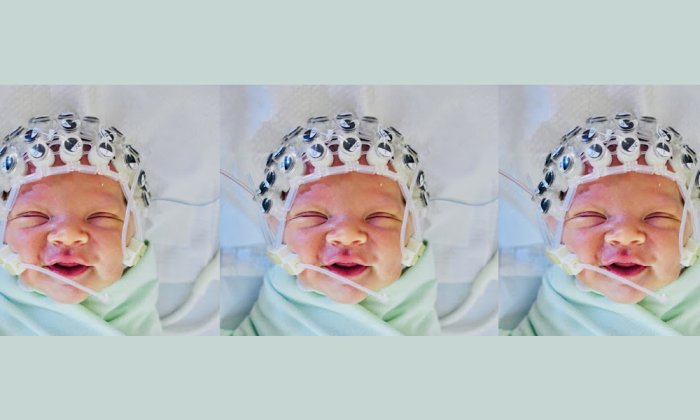[Blog by Jiaxin Li on TeleTunes]
Think about your favorite TV show. Can you hear the theme music already starting to play in your mind? Maybe it’s the epic sounding strings from Game of Thrones or the punchy synthesizer from Seinfeld? You’ve probably heard the music from that show so many times it’s now encrypted in your memory. As music cognition researchers, we are eager to find out what makes some TV tunes more memorable than the others.
The TeleTunes game is designed for exactly this reason. It is a game that allows us to study the catchiness of TV themes. Unlike the Christmas or Eurovision versions of our Hooked-on Music game series, this game invites you to test your memory with clips from the most iconic TV themes, curated from IMDB’s 100 most watched shows and The Rolling Stone’s esteemed “Greatest” TV show lists spanning the past 40 years. Your challenge? If you recognise a tune, quickly click the button, sing along in your mind and judge whether after a few seconds it continues in the right spot.
Through engaging in this game, you are contributing to music science, enriching our understanding of musical memory. By investigating the familiarity of these TV tunes, we are building a corpus consisting of well-known music. In the near future, we will use the results for yet another game – TuneTwins – continuing our quest to investigate questions like “what makes music memorable” or even “how do we as human beings remember music”.
We hope you will enjoy this game. Each game takes only a few minutes, and you can play it as many times as you like. Listen carefully! The fewer mistake you make, the more points you’ll earn! Finally, feel free to share the link with your friends and family and see who can get the highest score. The more you play, the more you contribute to science!
TeleTunes can be found at: https://app.amsterdammusiclab.nl/teletunes.











